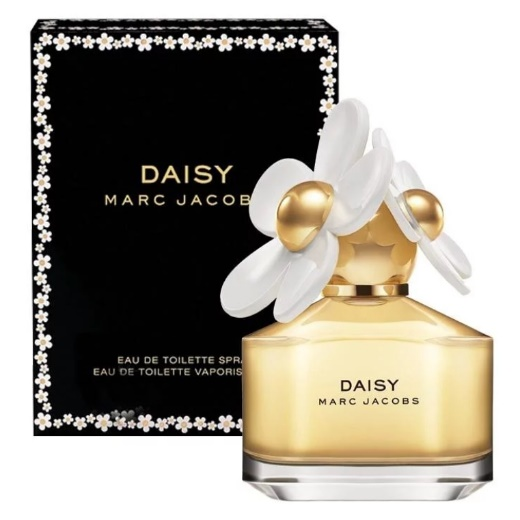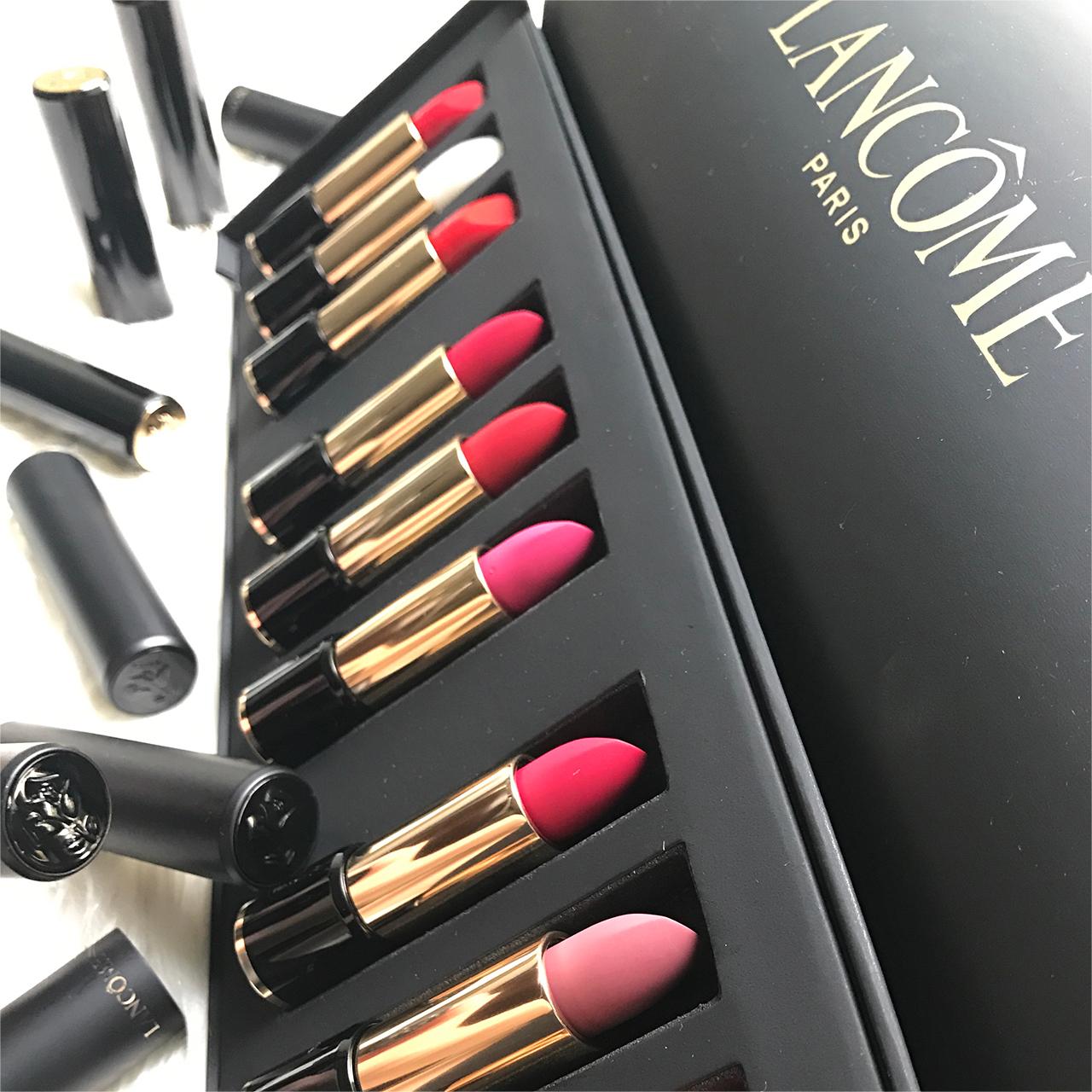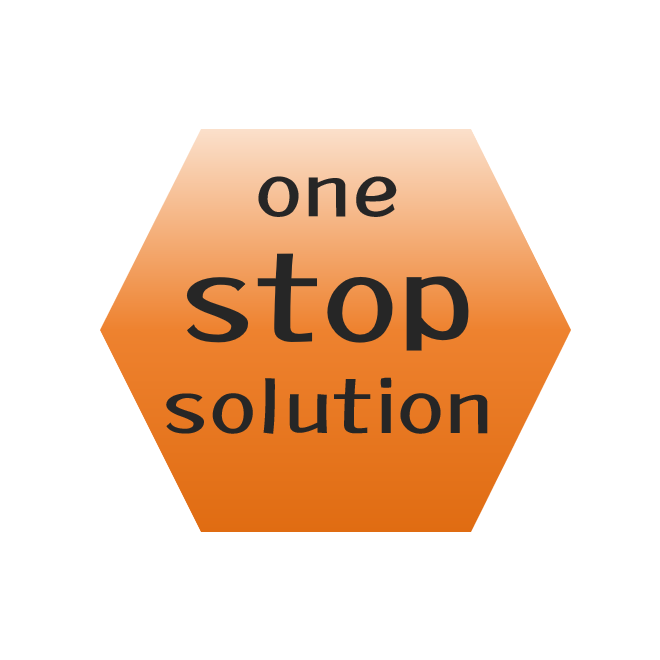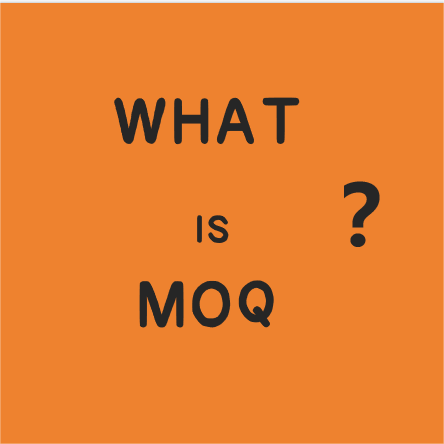Supply Chain Risk Assessment and Strategies in Beauty Procurement
In recent years, multiple factors have significantly influenced consumers' shopping habits and consumption beliefs. As a dynamic and innovative field, the beauty market is also undergoing accelerated reshuffling due to changes in consumer demands. Therefore, conducting supply chain risk assessments and developing corresponding strategies is crucial in the procurement process within the beauty industry.
Supply chain risks in the beauty industry primarily involve challenges related to raw material supply, product quality, supplier stability, market demand fluctuations, and inventory management. Once potential supply chain risks are identified, purchasers can employ the relative strategies to mitigate these risks.
1. Raw Material Supply Risk
The supply of raw materials for beauty products is a crucial aspect of the supply chain. As consumers increasingly demand natural, organic, and sustainable beauty products, buyers need to evaluate suppliers' commitment to the environment and sustainability. Establishing long-term relationships with reliable raw material suppliers and ensuring their compliance with relevant regulations and quality standards is essential.
2. Product Quality and Safety Risk
Product quality and safety are paramount to consumers in the beauty industry. It is important to ensure that suppliers have strict quality control systems, conduct regular quality inspections and audits, and establish clear contract terms that define both parties' responsibilities and obligations.
3. Supplier Stability Risk
Suppliers in the beauty industry may face operational risks, financial issues, or insufficient supply capabilities. Therefore, buyers need to assess suppliers' financial conditions and supply capabilities, establish diversified supplier relationships, and reduce risks associated with relying on a single supplier.
4. New Product Launch and Market Demand Risk
The beauty industry experiences rapid product turnover, and market demand may fluctuate. Buyers need to closely monitor market trends and changes in consumer demands, and at the same time, establish stable market intelligence channels and work closely with suppliers to flexibly adjust procurement plans to adapt to changing market demands.
5. Inventory Management Risk
Due to the volatile nature of the beauty market, effective inventory management is essential. Properly managing inventory ensures an adequate stock level to address unexpected situations such as supply chain disruptions or delays. Additionally, negotiating backup plans with suppliers allows for alternative sourcing in emergency situations.
In conclusion, conducting supply chain risk assessments and implementing appropriate strategies before procurement is crucial for ensuring successful purchasing. By identifying potential risks and taking appropriate measures, buyers can reduce risks and ensure procurement continuity and stability. However, it is important to customize supply chain risk assessments and strategies based on the latest trends and characteristics of the beauty industry. In practice, buyers should collaborate closely with suppliers, continuously improve and optimize supply chain management, and adapt to the ever-changing market environment and risk challenges.
Are you looking for premium and professional cosmetics, skincare and perfume wholesaler? Hoyip will definitely be your first choice. Please contact us to inquire details of products you need! More Info, click here.














 WhatsApp
WhatsApp Wechat
Wechat